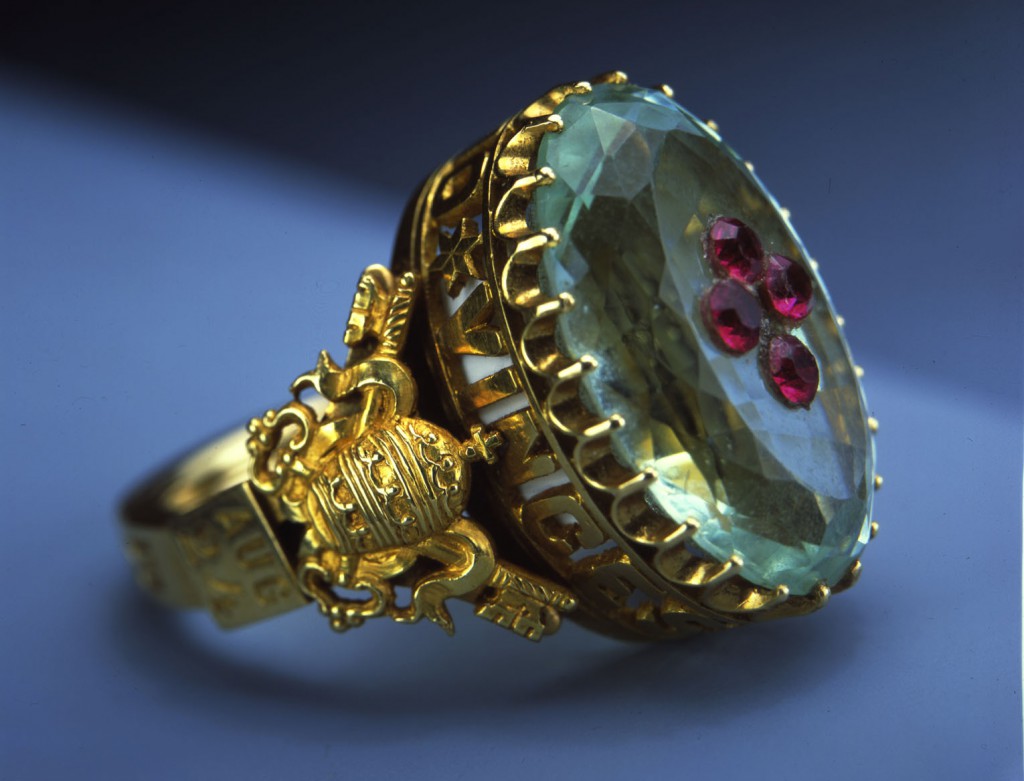
Recently a friend said she was ashamed and scandalised by the great value of many of the artefacts and treasures in the Vatican Museum and in churches around the world. She said if the Church is the Church of the poor, it should sell these items and help the poor.
As we all know, this idea has a long history. When Mary, the sister of Martha and Lazarus, anointed Jesus’ feet with costly ointment of pure nard, Judas Iscariot asked, “Why was this ointment not sold for three hundred denarii and given to the poor?” (Jn 12:3-5)
Taking into account that a denarius was a day’s wage for a labourer, the cost of the ointment represented a whole year’s wages, truly a considerable sum of money.
St John comments that Judas did not really have concern for the poor: “This he said, not that he cared for the poor but because he was a thief, and as he had the money box he used to take what was put into it” (Jn 12:6).
But Jesus himself in some way answered your question with what follows: “Jesus said, ‘Let her alone, let her keep it for the day of my burial. The poor you always have with you, but you do not always have me” (Jn 12:7-8).
If anyone had concern for the poor, it was Jesus. In a real sense, he was one of the poor himself, having been born in a stable of a poor family, and often going hungry and having no place to lay his head.
And it is true that three hundred denarii would have gone a long way to help the poor, or even to help him and his disciples to eat and support themselves for a while. Yet he did not object to Mary lavishing this great expenditure on him. “The poor you always have with you, but you do not always have me.” What are we to make of these comments?
Firstly, that in whatever pertains to the worship of God, we should be generous like Mary. Indeed, the Church has always done this. When we consider the great cathedrals of the world and the great basilicas, among them St Peter’s in Rome, we see that the Church has not spared anything in the construction of buildings that are truly the “house of God”.
This spirit goes back to the Old Testament where King David instructed his son Solomon to build a Temple in Jerusalem that would be made of the finest materials (cf. 1 Chr 22:6-16; 1 Kings 6-8). If an Old Testament Temple for the worship of God was so richly endowed, it is only right that a Catholic church which has a tabernacle where God actually dwells should be no less richly adorned.
Going from the fabric of the building to the vessels and vestments used for the celebration of the Eucharist, again we see that the Church has always been generous. Tabernacles, chalices and monstrances are often made of gold and silver, with no expense spared. After all, no material or craftsmanship could ever be sufficient to honour adequately the Creator of the universe.
St John Vianney, the Curé of Ars, who spent practically nothing on himself, made sure that the vestments and vessels he used for the celebration of Mass were of the finest quality.
Really, it is a matter of love. Just as young people, moved by love, give their fiancé a diamond engagement ring or a gold wedding ring, so the Church is generous with the “Love of Loves”.
Secondly, we should consider that the “treasures” of the Vatican and of the Church throughout the world are the common patrimony of the people of God, including the poor. They do not belong to the Pope or the hierarchy, but to the whole Church.
Indeed, they were often paid for in large part by donations from the people, including the poor. This is what happens today when new churches are built and furnished, and it has been going on since the beginning. When they are completed, the whole parish or diocese can take pride in what they have done for the worship and glory of God.
Moreover, it is a source of great joy for all the people of God, including the poor, to visit the Vatican and the Vatican Museum, and the great cathedrals of the world, and see what they and their forbears have done to honour God.
A great part of the history and patrimony of the Church is contained in these “treasures” and they could not be sold without losing an important part of our heritage.